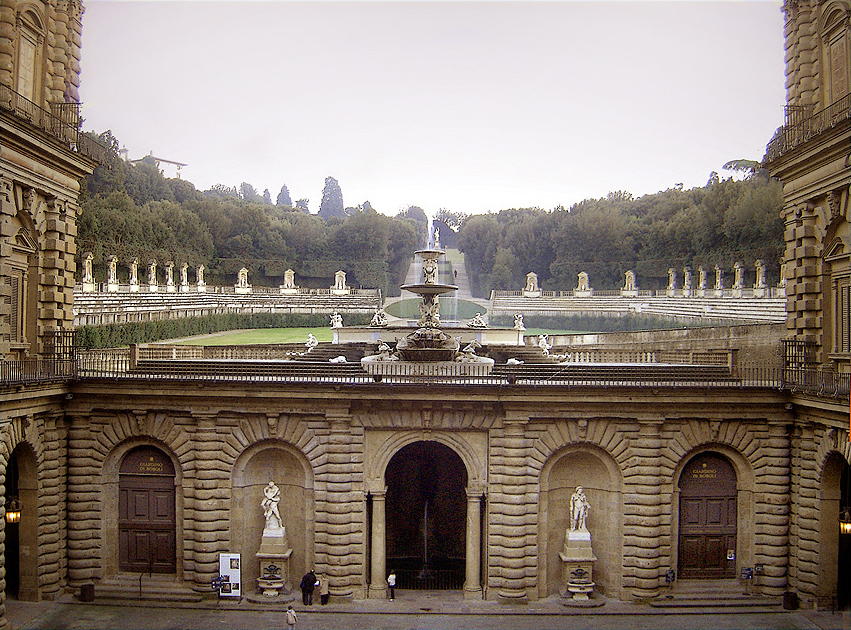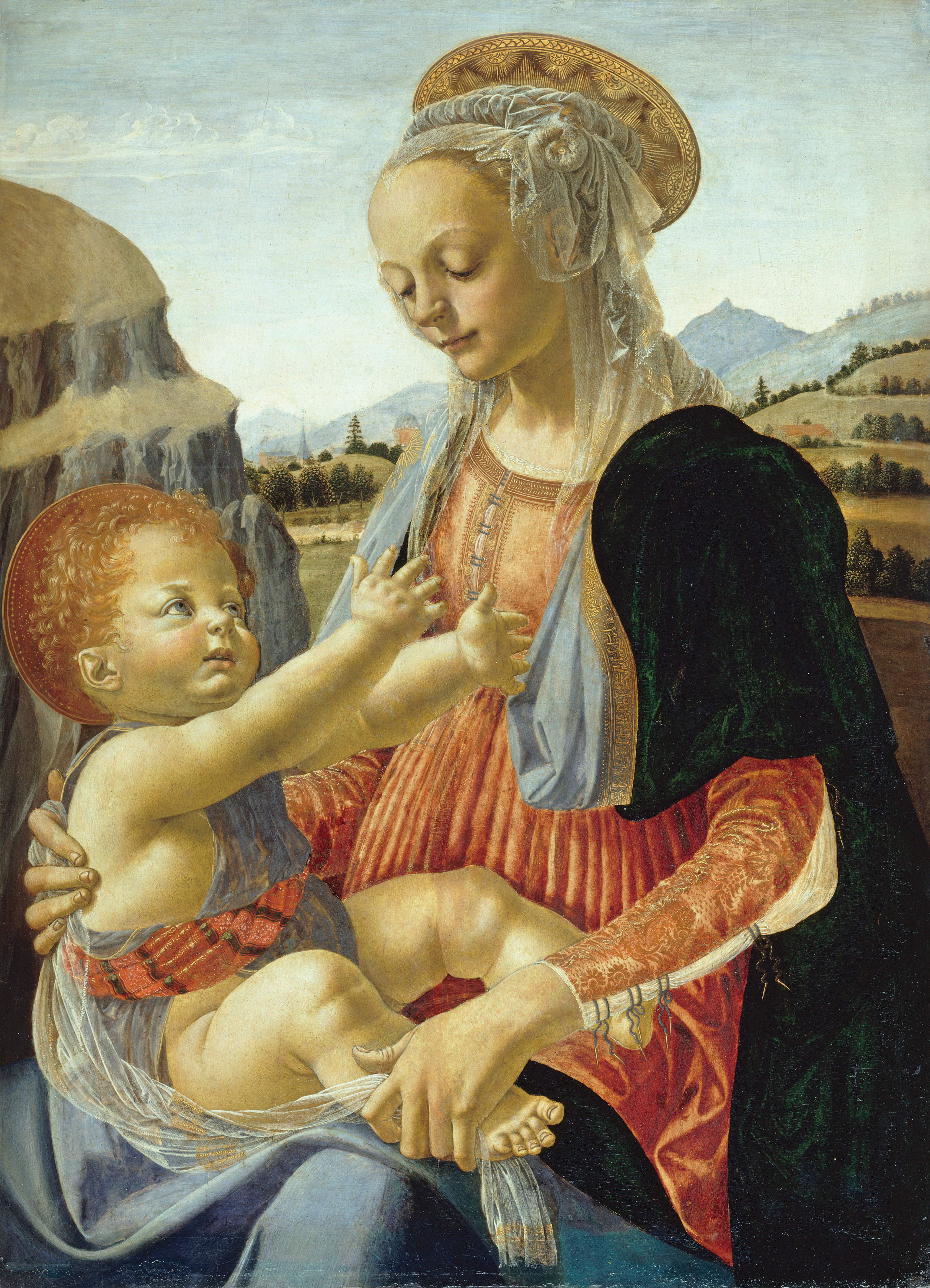|
Andrea Della Valle
Cardinal Andrea della Valle (29 November 1463, in Rome – 3 August 1534) was an Italian clergyman and art collector. Life Andrea belonged to an ancient family of Roman nobles. He was the son of Filippo della Valle, a Roman patrician; the family tomb is in Santa Maria in Aracoeli, where an inscription to their father was placed by Andrea and his brother Bartolomeo. Andrea also had a sister, Sigismonda. Andrea was elected bishop of Crotone in 1496. In 1503-05 he directed the Apostolic Chancery, and served as Apostolic secretary during the pontificate of Pope Julius II. He was transferred to the titular diocese of Miletus in 1508, which he resigned in favor of his nephew Quinzio Rustici on 26 November 1523. He participated in the Fifth Lateran Council, 1512, and was created cardinal priest in the consistory of 1 July 1517. He participated in the conclaves of 1521-22 and 1523. [...More Info...] [...Related Items...] OR: [Wikipedia] [Google] [Baidu] |
Loggia
In architecture, a loggia ( , usually , ) is a covered exterior gallery or corridor, usually on an upper level, but sometimes on the ground level of a building. The outer wall is open to the elements, usually supported by a series of columns or arches. They can be on principal fronts and/or sides of a building and are not meant for entrance but as an outdoor sitting room."Definition of Loggia" Lexic.us. Retrieved on 2014-10-24. An overhanging loggia may be supported by a . From the early , nearly every Italian |
Uffizi
The Uffizi Gallery (; it, Galleria degli Uffizi, italic=no, ) is a prominent art museum located adjacent to the Piazza della Signoria in the Historic Centre of Florence in the region of Tuscany, Italy. One of the most important Italian museums and the most visited, it is also one of the largest and best known in the world and holds a collection of priceless works, particularly from the period of the Italian Renaissance painting, Italian Renaissance. After the ruling House of Medici died out, their art collections were given to the city of Florence under the famous ''Patto di famiglia'' negotiated by Anna Maria Luisa de' Medici, Anna Maria Luisa, the last Medici heiress. The Uffizi is one of the first modern museums. The gallery had been open to visitors by request since the sixteenth century, and in 1765 it was officially opened to the public, formally becoming a museum in 1865. History The building of the Uffizi complex was begun by Giorgio Vasari in 1560 for Cosimo I de' M ... [...More Info...] [...Related Items...] OR: [Wikipedia] [Google] [Baidu] |
Boboli Gardens
The Boboli Gardens ( it, Giardino di Boboli) is a historical park of the city of Florence that was opened to the public in 1766. Originally designed for the Medici, it represents one of the first and most important examples of the Italian garden, which later served as inspiration for many European courts. The large green area is a real open-air museum with statues of various styles and periods, ancient and Renaissance that are distributed throughout the garden. It also has large fountains and caves, among them the splendid Buontalenti grotto built by the artist, architect, and sculptor Bernardo Buontalenti between 1536 and 1608. History and layout The Gardens, directly behind the Pitti Palace, the main seat of the Medici grand dukes of Tuscany at Florence, are some of the first and most familiar formal 16th-century Italian gardens. The mid-16th-century garden style, as it was developed here, incorporated longer axial developments, wide gravel avenues, a considerable "built" el ... [...More Info...] [...Related Items...] OR: [Wikipedia] [Google] [Baidu] |
Palazzo Pitti
The Palazzo Pitti (), in English sometimes called the Pitti Palace, is a vast, mainly Renaissance, palace in Florence, Italy. It is situated on the south side of the River Arno, a short distance from the Ponte Vecchio. The core of the present palazzo dates from 1458 and was originally the town residence of Luca Pitti, an ambitious Florentine banker. The palace was bought by the Medici family in 1549 and became the chief residence of the ruling families of the Grand Duchy of Tuscany. It grew as a great treasure house as later generations amassed paintings, plates, jewelry and luxurious possessions. In the late 18th century, the palazzo was used as a power base by Napoleon and later served for a brief period as the principal royal palace of the newly united Italy. The palace and its contents were donated to the Italian people by King Victor Emmanuel III in 1919. The palazzo is now the largest museum complex in Florence. The principal palazzo block, often in a building of ... [...More Info...] [...Related Items...] OR: [Wikipedia] [Google] [Baidu] |
Villa De Medici
The Villa Medici () is a Mannerist villa and an architectural complex with a garden contiguous with the larger Borghese gardens, on the Pincian Hill next to Trinità dei Monti in Rome, Italy. The Villa Medici, founded by Ferdinando I de' Medici, Grand Duke of Tuscany and now property of the French State, has housed the French Academy in Rome since 1803. A musical evocation of its garden fountains features in Ottorino Respighi's '' Fountains of Rome''. History In ancient times, the site of the Villa Medici was part of the gardens of Lucullus, which passed into the hands of the Imperial family with Messalina, who was murdered in the villa. In 1564, when the nephews of Cardinal Giovanni Ricci of Montepulciano acquired the property, it had long been abandoned to viticulture. The sole dwelling was the Casina of ''Cardinale'' Marcello Crescenzi, who had maintained a vineyard here and had begun improvements to the villa under the direction of the Florentine Nanni Lippi, who had died h ... [...More Info...] [...Related Items...] OR: [Wikipedia] [Google] [Baidu] |
Ferdinando I De' Medici, Grand Duke Of Tuscany
Ferdinando I de' Medici, Grand Duke of Tuscany (30 July 1549 – 3 February 1609) was Grand Duke of Tuscany from 1587 to 1609, having succeeded his older brother Francesco I. Early life Ferdinando was the fifth son (the third surviving at the time of his birth) of Cosimo I de' Medici, Grand Duke of Tuscany, and Eleanor of Toledo, the daughter of Pedro Álvarez de Toledo, Marquis of Villafranca, the Spanish viceroy of the Kingdom of Naples. He was made a Cardinal in 1562 at the age of 14, but was never ordained into the priesthood. At Rome, he proved an able administrator. He founded the Villa Medici in Rome and acquired many works of art (including the '' Medici lions''), which he then brought back to Florence with him. Grand Duke When his brother Francesco I de' Medici, Grand Duke of Tuscany, died in 1587, Ferdinando succeeded as grand duke at the age of 38. In many ways, Ferdinando was the opposite of his brother who preceded him. Approachable and generous, he s ... [...More Info...] [...Related Items...] OR: [Wikipedia] [Google] [Baidu] |
Gabriele Simeoni
Gabriele is both a given name and a surname. Notable people with the name include: Given name Surname *Al Gabriele, American comic book artist *Angel Gabriele (1956–2016), American comic book artist * Corrado Gabriele (born 1966), Italian politician * Daniele Gabriele (born 1994), German-Italian footballer *Fabrizio Gabriele (born 1985), Italian rower *Ketty Gabriele (born 1981), Italian mobster *Lisa Gabriele, Canadian writer, television producer and journalist *Teresa Gabriele (born 1979), Canadian basketball player See also * Gabrio, related Italian given name *Gabrielė Gabrielė is a Lithuanian feminine given name. People bearing the name Gabrielė include: * Gabrielė Jankutė (born 1993), Lithuanian track cyclist * Gabrielė Leščinskaitė (born 1996), Lithuanian biathlete *Gabrielė Petkevičaitė-Bitė G ..., a feminine Lithuanian given name * Gabriel (other) * Gabrielle (other) {{given name, type=both German feminine given names Italian-lang ... [...More Info...] [...Related Items...] OR: [Wikipedia] [Google] [Baidu] |
Andrea Del Verrocchio
Andrea del Verrocchio (, , ; – 1488), born Andrea di Michele di Francesco de' Cioni, was a sculptor, Italian painter and goldsmith who was a master of an important workshop in Florence. He apparently became known as ''Verrocchio'' after the surname of his master, a goldsmith. Few paintings are attributed to him with certainty, but a number of important painters were trained at his workshop. His pupils included Leonardo da Vinci, Pietro Perugino and Lorenzo di Credi. His greatest importance was as a sculptor and his last work, the Equestrian statue of Bartolomeo Colleoni in Venice, is generally accepted as a masterpiece. Life Verrocchio was born in Florence in around 1435. His father, Michele di Francesco Cioni, initially worked as a tile and brick maker, then later as a tax collector. Verrocchio never married, and had to provide financial support for some members of his family. He was at first apprenticed to a goldsmith. It has been suggested that he was later apprenticed t ... [...More Info...] [...Related Items...] OR: [Wikipedia] [Google] [Baidu] |
Donatello
Donato di Niccolò di Betto Bardi ( – 13 December 1466), better known as Donatello ( ), was a Florentine sculptor of the Renaissance period. Born in Florence, he studied classical sculpture and used this to develop a complete Renaissance style in sculpture. He spent time in other cities, and while there he worked on commissions and taught others; his periods in Rome, Padua, and Siena introduced to other parts of Italy his techniques, developed in the course of a long and productive career. Financed by Cosimo de' Medici, Donatello's ''David'' was the first freestanding nude male sculpture since antiquity. He worked with stone, bronze, wood, clay, stucco, and wax, and had several assistants, with four perhaps being a typical number. Although his best-known works mostly were statues in the round, he developed a new, very shallow, type of bas-relief for small works, and a good deal of his output was larger architectural reliefs. Early life Donatello was the son of Niccolò ... [...More Info...] [...Related Items...] OR: [Wikipedia] [Google] [Baidu] |
Medici
The House of Medici ( , ) was an Italian banking family and political dynasty that first began to gather prominence under Cosimo de' Medici, in the Republic of Florence during the first half of the 15th century. The family originated in the Mugello region of Tuscany, and prospered gradually until it was able to fund the Medici Bank. This bank was the largest in Europe during the 15th century and facilitated the Medicis' rise to political power in Florence, although they officially remained citizens rather than monarchs until the 16th century. The Medici produced four popes of the Catholic Church—Pope Leo X (1513–1521), Pope Clement VII (1523–1534), Pope Pius IV (1559–1565) and Pope Leo XI (1605)—and two queens of France—Catherine de' Medici (1547–1559) and Marie de' Medici (1600–1610). In 1532, the family acquired the hereditary title Duke of Florence. In 1569, the duchy was elevated to the Grand Duchy of Tuscany after territorial expansion. The Medici ruled the G ... [...More Info...] [...Related Items...] OR: [Wikipedia] [Google] [Baidu] |
Hieronymus Cock
Hieronymus Cock, or Hieronymus Wellens de Cock (1518 – 3 October 1570) was a Flemish painter and etcher as well as a publisher and distributor of prints.Hieronymus Cock at the Netherlands Institute for Art History Cock is regarded as one of the most important print publishers of his time in northern Europe. His publishing house played a key role in the transformation of printmaking from an activity of individual artists and craftsmen into an industry based on division of labour.Hans Devisscher and Timothy Rigg ... [...More Info...] [...Related Items...] OR: [Wikipedia] [Google] [Baidu] |







